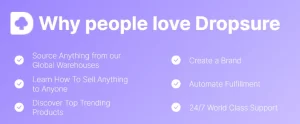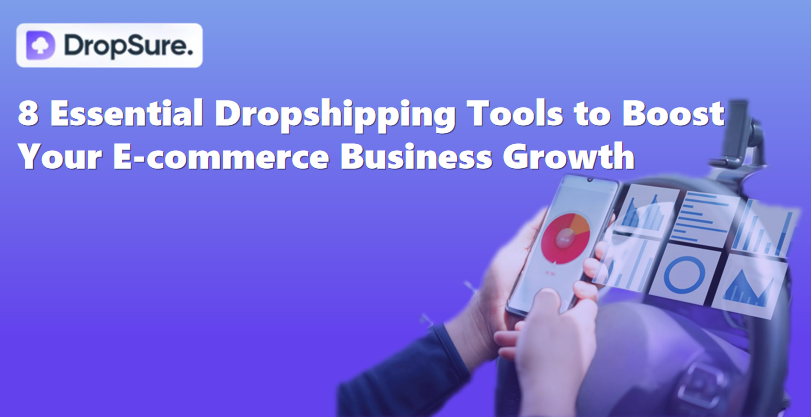Is Dropshipping Dead Nowadays? To put it simply: No, dropshipping is not dead—and it’s far from being on the decline. In fact, the global dropshipping market continues to grow at an impressive rate. According to Statista, the global dropshipping market was valued at $221.3 billion in 2022, and it is projected to reach $931.9 billion by 2030. These figures show that dropshipping is not just surviving, but thriving in the e-commerce ecosystem.
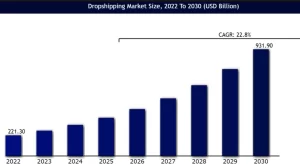
Key Reasons Why Dropshipping is Still Alive and Well
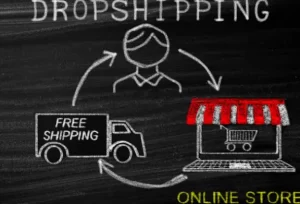
*E-commerce growth: Online shopping continues to surge globally. In 2023, global e-commerce sales were expected to surpass $6 trillion. As more people buy products online, the demand for low-risk, low-investment business models like dropshipping has only increased.
*Accessibility and low entry barriers: Unlike traditional retail, dropshipping requires minimal upfront investment. You don’t need to invest in large quantities of inventory or worry about warehousing. This makes it an attractive option for many entrepreneurs.
*Improved supplier networks: Countries like China have advanced their logistics and product manufacturing capabilities. Platforms such as AliExpress, Alibaba, and Dropsure are now more efficient, offering faster shipping times, better-quality control, and robust customer service.
Comparing Dropshipping to Traditional Retail:

As you can see, dropshipping is far less risky and requires much less capital than traditional retail models, making it ideal for entrepreneurs looking to enter the market with limited investment.
Is Dropshipping Easy Now?
In the past, dropshipping was considered easy—just find a supplier, set up a website, and start selling. However, the landscape has evolved, and now dropshipping is no longer as “easy” as it once was.
Here’s why it’s more challenging:
- Increased competition: With platforms like Shopify, WooCommerce, and AliExpress making it easier to start a dropshipping business, thousands of entrepreneurs have flooded the market. This means competition is fierce, and standing out can be challenging.
- Higher customer expectations: In 2024, customers expect fast shipping (ideally within 7-10 days), high-quality products, and excellent customer service. Meeting these demands requires a lot more effort than simply adding products to a website.
- Sophisticated marketing: Generic marketing strategies no longer work. Today’s successful dropshippers must be savvy in SEO, paid ads, email marketing, and social media campaigns to drive traffic to their stores.
The Reality of Dropshipping in 2024:
For instance, let’s compare the conversion rate of a typical dropshipping store versus a well-optimized one:
- Basic store conversion rate:5% – 1% (for non-targeted ads, generic products, etc.)
- Optimized store conversion rate: 2% – 3% (with a well-targeted niche, quality product images, and engaging content)
In the face of higher competition, dropshipping has become less about “quick wins” and more about strategic execution.
How to Succeed in Dropshipping?

If you want to succeed in dropshipping today, it’s essential to approach it with the right strategy. Here’s a step-by-step guide based on the best practices for succeeding in the competitive e-commerce space.
1. Find a Profitable Niche
One of the most important factors in dropshipping success is choosing the right niche. Do thorough market research to identify products with high demand but low competition. Tools like Google Trends and Ubersuggest can help you identify trending products.
Example: Products in the health and wellness sector, like eco-friendly yoga mats, have seen a surge in demand, while more saturated niches like smartphones may be harder to penetrate.

2. Choose the Right Suppliers
Work with reliable suppliers who offer high-quality products and fast shipping times. Websites like Dropsure provide a network of trusted suppliers that cater specifically to dropshipping businesses. Partnering with trusted suppliers ensures fewer customer complaints and better overall business performance.
3. Build a Strong Brand
To stand out in a competitive market, focus on building a strong brand. This includes a user-friendly website, clear value propositions, and a unique selling point (USP) that differentiates you from others. A well-branded business attracts loyal customers and builds trust.
- Example: Brands like Gymshark have thrived in niches like fitness apparel by focusing on building a strong community and brand identity.
4. Invest in Marketing
Dropshipping businesses that succeed today are those that know how to market their products effectively. A solid marketing strategy is key to driving traffic and sales to your store. Focus on:
- Social media marketing (Instagram, Facebook, TikTok)
- Influencer marketing
- Search engine optimization (SEO)
5. Optimize Customer Experience
Customer experience plays a huge role in dropshipping success. Ensure fast response times to customer inquiries, offer hassle-free returns, and ensure timely shipping. Providing excellent customer service will help build customer loyalty and positive reviews.
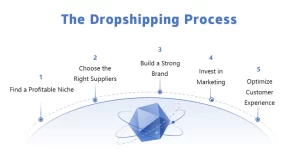
Conclusion
So, is dropshipping still a viable business model? Absolutely. While it’s no longer a “get-rich-quick” scheme, dropshipping remains a profitable business model for those who are willing to put in the effort. By selecting the right niche, partnering with reliable suppliers like Dropsure, and optimizing your marketing efforts, you can still achieve success in the world of e-commerce.
If you’re serious about dropshipping and want to start with a strong foundation, Dropsure is here to help. We provide reliable suppliers, streamlined processes, and the tools you need to grow your dropshipping business. Whether you’re just starting out or looking to scale, we’ve got you covered!




 6 min read
6 min read